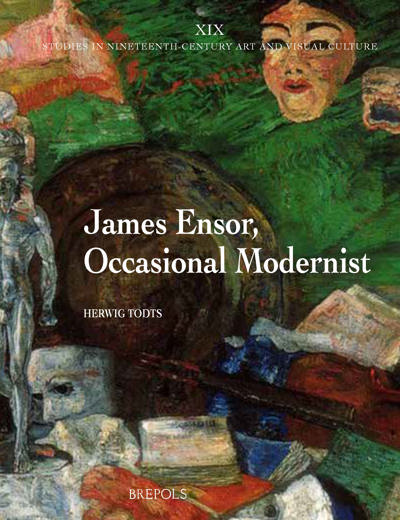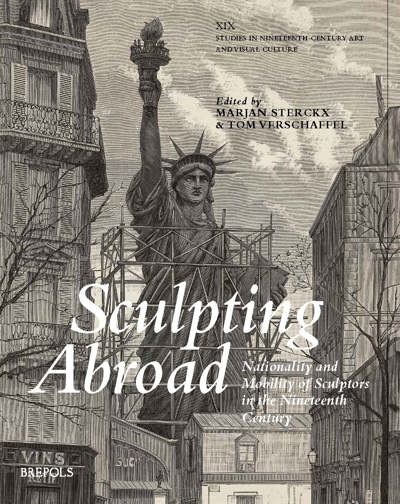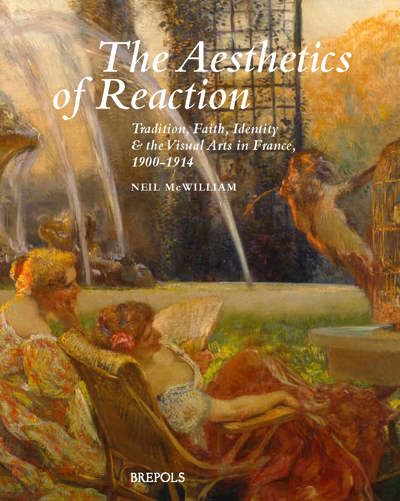
Bohemian Visual Culture in fin-de-siècle Norway
Scenes from Christian Krohg’s Studio
Øystein Sjåstad
- Pages: 212 p.
- Size:216 x 280 mm
- Illustrations:13 b/w, 109 col.
- Language(s):English
- Publication Year:2024
- € 110,00 EXCL. VAT RETAIL PRICE
- ISBN: 978-2-503-60618-7
- Hardback
- Available
The book is relevant to anyone interested in bohemianism, Scandinavian art and culture, naturalism and symbolism in art, fin de siècle culture, Munch, Ibsen, the relationship between visual art and theatre (or, rather, theatre as part of visual culture), and the studio space.
Øystein Sjåstad is an associate professor at the Department of Philosophy, Classics, History of Art and Ideas, University of Oslo. He has published extensively on nineteenth-century art including the books Christian Krhohg. Fra Paris til Kristiania (2012), A Theory of the Tache in Nineteenth-Century Painting (2014) and Christian Krohg’s Naturalism (2017).
The Norwegian painter, author, and journalist Christian Krohg (1852-1925) is known for his naturalist paintings about the sick and the poor and prostitution. Lesser known are his many studio paintings, portraits of artist friends, and late self-portraits from his studio. This book shows the importance of Krohg's studio as a space not only for art making but also as a place where some of the most pioneering and radical artists, authors, playwrights, and actors met. The circle of friends and colleagues meeting in Krohg's studio were part of the scandalous artist group known as the Kristiania Bohemians. In this study the reader will meet not only Krohg, but also his painter wife, the mythical Oda Krohg, the young Edvard Munch, the anarchist Hans Jæger, playwright Gunnar Heiberg, and the forgotten muse Constance Bruun - one of Henrik Ibsen's favorite actresses. The close and complex relationship between Krohg and Munch will surprise many readers. This book will be a necessary read for anyone interested in Scandinavian nineteenth-century art and culture.
Foreword
Introduction. Setting the Scene: Bohemianism in Kristiania
Chapter 1. Kristiania as a City of Free Love
Chapter 2. A Corner in My Studio as an Allegory of Norwegian Modernism
Chapter 3. The Image of Oda Krohg as une vraie princesse de la Bohême
Chapter 4. Free Love On and Off the Stage
Chapter 5. Back to the Studio, 1912–25
Afterword. Krohg and Munch
Bibliography
Index




